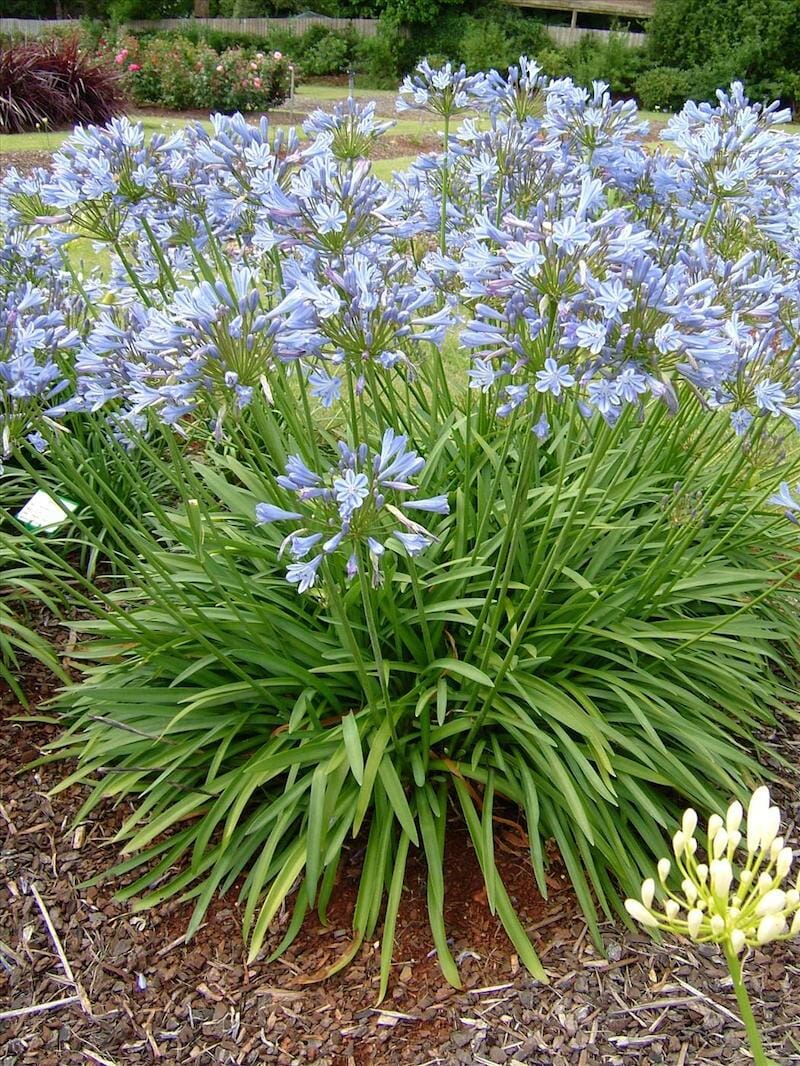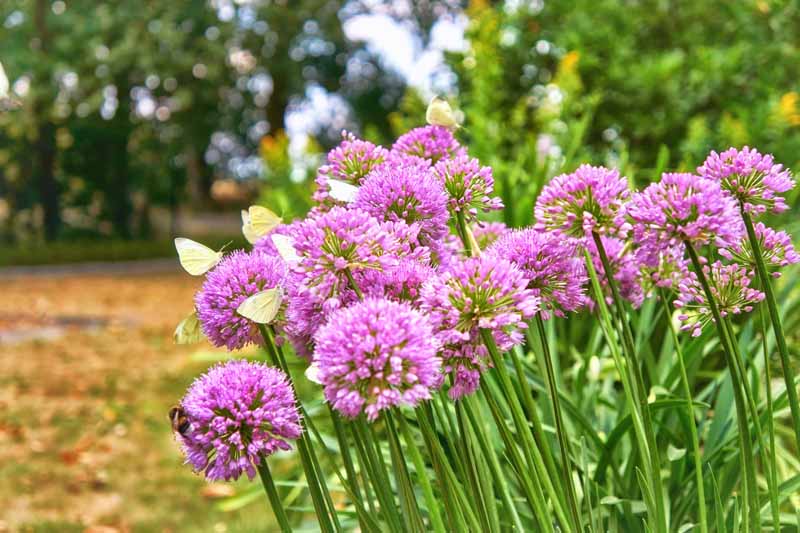Releasing the Secret to Successful Agapanthus Farming: Advice for a Flourishing Garden
In the world of horticulture, cultivating agapanthus efficiently requires a critical strategy that includes numerous facets of plant treatment. By understanding the nuances of agapanthus growing, one can create a setting where these plants thrive and flower perfectly.
Growing Agapanthus: Finest Practices
When growing Agapanthus, appropriate dirt prep work is necessary for ensuring successful development and growth of these attractive flowers. Agapanthus, generally called Lily of the Nile or African lily, flourishes in well-draining dirt with a somewhat acidic to neutral pH level - Agapanthus. Prior to planting, it is crucial to amend hefty clay dirts with raw material such as compost or peat moss to improve drain and supply crucial nutrients for the plants
To plant Agapanthus, choose a place that obtains complete sunshine to partial color, as this will certainly advertise healthy and balanced development and bountiful flowering. Dig an opening twice the diameter of the plant's origin ball and put the Agapanthus at the exact same deepness it was formerly expanding. Carefully backfill the hole with soil, weighing down firmly to remove any air pockets around the roots.
Water the newly planted Agapanthus thoroughly and continue to keep the soil uniformly wet, specifically throughout the plant's energetic expanding period. Agapanthus. Applying a well balanced plant food once a month can further sustain the plant's development and blooming. By following these best practices for planting Agapanthus, you can develop a magnificent display of these exciting blossoms in your yard
Suitable Soil Conditions for Agapanthus
For optimal development and flowering success of Agapanthus plants, making sure the soil problems are excellent is essential. Agapanthus flourishes in well-draining soil with a slightly acidic to neutral pH degree varying from 6.0 to 7.0. This kind of soil allows for adequate water drain, protecting against waterlogging which can bring about root rot. To improve soil water drainage, take into consideration including raw material such as compost or peat moss when preparing the growing website. Furthermore, Agapanthus chooses soil that is abundant in nutrients, so incorporating a well balanced fertilizer throughout the expanding period can advertise healthy and balanced development and vibrant flowers.

Watering and Feeding Tips
To ensure healthy growth and lively blossoms, correct watering and feeding techniques are important for successful Agapanthus growing. Agapanthus plants gain from routine watering, specifically throughout the growing season. It is recommended to water deeply once a week, making certain the dirt is wet yet not saturated. Throughout heat or in pots, even more constant watering might be needed to protect site against the dirt from drying entirely.
When it involves fertilizing Agapanthus, a balanced plant food with equivalent parts nitrogen, phosphorus, and potassium can be used in the spring to advertise healthy and balanced growth and blooming. Slow-release plant foods are perfect for providing nutrients gradually over an extensive period. Avoid over-fertilizing, as this can bring about extreme vegetation development at the cost of blossoms.
Additionally, including natural issue like compost right into the soil can enhance nutrient levels and enhance soil framework, aiding in the total health of the Agapanthus plants. By complying with these watering and feeding tips, garden enthusiasts can ensure their Agapanthus plants grow and produce sensational displays of blossoms.
Trimming and Deadheading Strategies
Appropriate trimming and deadheading strategies play a vital duty in preserving the wellness and visual appeals of Agapanthus plants, complementing the necessary techniques of watering and feeding for successful cultivation. Pruning Agapanthus entails eliminating invested blossom heads, yellowing or dead fallen leaves, and overall shaping of the plant to advertise much better growth. Deadheading, the procedure of removing faded blossoms, not just boosts the plant's look but also urges additional flowering.
When deadheading Agapanthus, it is advisable to clip off the blossom stem at the base using sharp, clean shears. you can try here This procedure reroutes the plant's power from seed production back right into origin and vegetation growth, promoting a healthier and extra robust plant. Regular deadheading can prolong the growing period of Agapanthus and avoid self-seeding, which can result in overcrowding.
In terms of trimming, Agapanthus normally advantages from a light trim after blooming to clean the plant and motivate fresh growth. Reducing the spent flower stems and removing any kind of dead or broken foliage helps maintain the plant's vigor and overall appearance. However, it is important to avoid cutting right into the crown of the plant, as this can deteriorate its health and wellness.

Protecting Agapanthus From Pests and Diseases
Carrying out effective insect and disease monitoring techniques is crucial to securing the health and wellness and vigor of Agapanthus plants in growing. One usual parasite that affects Agapanthus is the Agapanthus borer, a caterpillar that tunnels right into the plant, triggering damages to the leaves and flowers.
In addition to insects, Agapanthus are at risk to conditions such as root rot and fungal leaf places. These issues can often be protected against by guaranteeing appropriate water drainage and preventing overwatering. Impacted components of the plant must be without delay removed to protect against further spread if indicators of disease appear. Fungicides might additionally be used as a treatment step, following the maker's guidelines meticulously. By remaining alert and attending to pest and condition issues without delay, gardeners can help their Agapanthus flourish and flourish.

Verdict
To conclude, successful growing of agapanthus calls for appropriate growing techniques, optimal dirt problems, sufficient watering and feeding, normal trimming and deadheading, and security from conditions and pests. By complying with these suggestions and methods, gardeners can guarantee a prospering garden loaded with stunning agapanthus blooms. Agapanthus. Keep in mind to keep consistent care and focus to information to promote the wellness and longevity of these stunning plants
When planting Agapanthus, proper dirt prep work is important for making sure effective growth and growth of these More Bonuses beautiful flowers.Water the freshly planted Agapanthus extensively and continue to maintain the soil evenly wet, especially during the plant's active expanding period.For optimal growth and flowering success of Agapanthus plants, making sure the soil problems are perfect is vital. When transplanting or planting Agapanthus, ensure the dirt is well-prepared to give the required structure for the plants to develop themselves effectively. One common insect that impacts Agapanthus is the Agapanthus borer, a caterpillar that passages into the plant, causing damage to the leaves and flowers.